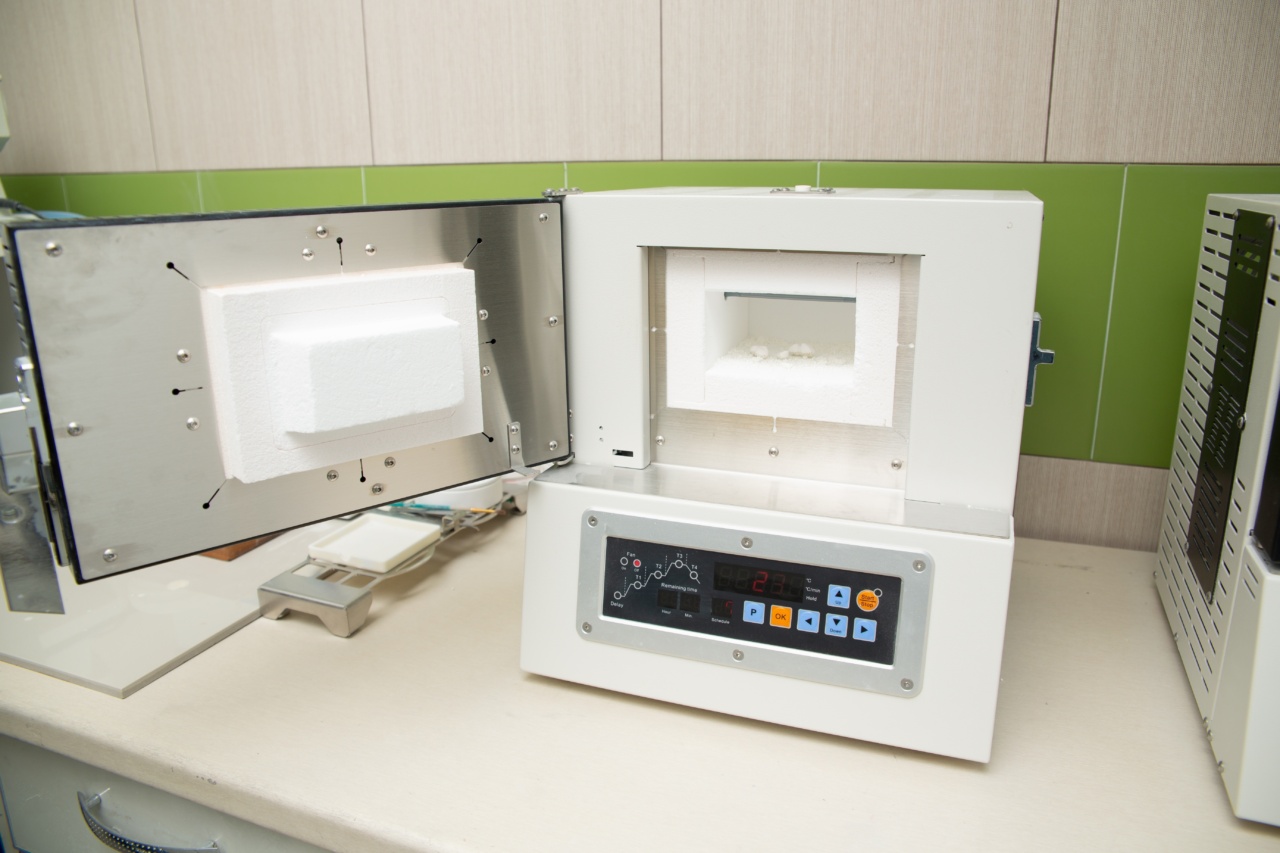Oral cancer, also known as mouth cancer, is a form of cancer that develops in the tissues of the mouth or throat. It can occur in the lips, tongue, cheeks, floor of the mouth, hard and soft palate, sinuses, and pharynx.
According to the American Cancer Society, over 53,000 people in the United States will be diagnosed with oral cancer in 2021, and approximately 10,860 deaths will occur as a result of the disease.
The Importance of Early Detection
The key to successful treatment of oral cancer is early detection. When detected early, the five-year survival rate for oral cancer patients is around 85%.
However, if the disease is not detected until it has spread to other areas of the body, the five-year survival rate drops to less than 50%.
Oral cancer screenings and regular dental check-ups are crucial for the early detection of the disease.
During an oral cancer screening, your dentist or healthcare provider will examine your mouth and throat for any signs of abnormalities, such as lumps, sores, or discolorations.
Risk Factors for Oral Cancer
There are several risk factors that increase the likelihood of developing oral cancer. These include:.
- Tobacco use (smoking or chewing tobacco)
- Excessive alcohol consumption
- Sun exposure (lip cancer)
- Poor oral hygiene
- Human papillomavirus (HPV) infection
- Poor diet and nutrition
- Age (over 55)
- Gender (men are twice as likely to develop oral cancer)
New Risk Factors for Oral Cancer
Recent studies have uncovered new risk factors for oral cancer that were previously unknown. These include:.
1. Poor Sleep Quality
A study published in the Journal of the American Medical Association found that poor sleep quality was associated with an increased risk of developing oral cancer.
The study followed over 22,000 people for an average of 6.4 years and found that those who reported poor sleep quality had a 40% higher risk of developing oral cancer than those who reported good sleep quality.
2. Air Pollution
A study published in the journal Cancer found that long-term exposure to air pollution was associated with an increased risk of oral cancer.
The study followed over 400,000 people in Taiwan for an average of 11 years and found that those who lived in areas with high levels of air pollution had a 43% higher risk of developing oral cancer than those who lived in areas with low levels of air pollution.
3. Gastroesophageal Reflux Disease (GERD)
A study published in the Journal of Oral and Maxillofacial Surgery found that people with gastroesophageal reflux disease (GERD) were at an increased risk of developing oral cancer.
The study followed over 3,000 people for almost six years and found that those with GERD had a 2.5 times greater risk of developing oral cancer than those without GERD.
4. Lack of Dental Insurance
A study published in the journal Cancer found that people without dental insurance were at an increased risk of developing oral cancer.
The study followed over 22,000 people for an average of 6.4 years and found that those without dental insurance had a 205% higher risk of developing oral cancer than those with dental insurance.
5. Marijuana Use
A study published in the journal Cancer Epidemiology, Biomarkers & Prevention found that people who smoke marijuana regularly were at an increased risk of developing oral cancer.
The study followed over 2,000 people for almost a decade and found that those who smoked marijuana at least once a month had a 2.6 times greater risk of developing oral cancer than those who never smoked marijuana.
Conclusion
Oral cancer is a serious disease that can be devastating if not detected early.
It is important to be aware of the risk factors for oral cancer and to take steps to reduce your risk, such as quitting tobacco use, limiting alcohol consumption, practicing good oral hygiene, and getting regular dental check-ups. Recent studies have uncovered new risk factors for oral cancer, such as poor sleep quality, air pollution, GERD, lack of dental insurance, and marijuana use.
By staying informed and taking preventative measures, we can work towards reducing the incidence and impact of oral cancer.





























